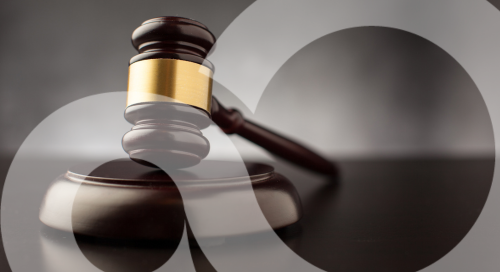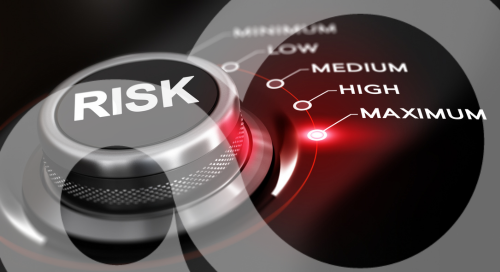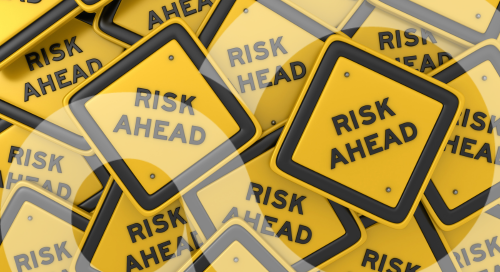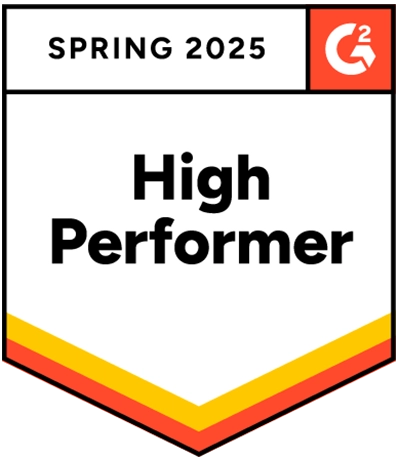SAI360 Blog
Stay on top of risk and compliance with SAI360
- Published On: May 12th, 20252.8 min read
- Published On: May 8th, 20252.2 min read
- Published On: May 7th, 20251.4 min read
- Published On: May 6th, 20252.3 min read
- Published On: May 6th, 20252.4 min read
- Published On: May 6th, 20252 min read
- Published On: April 22nd, 20251.6 min read
- Published On: April 16th, 20252.2 min read
- Published On: April 14th, 20251.6 min read
- Published On: April 10th, 20251.4 min read
1Next















